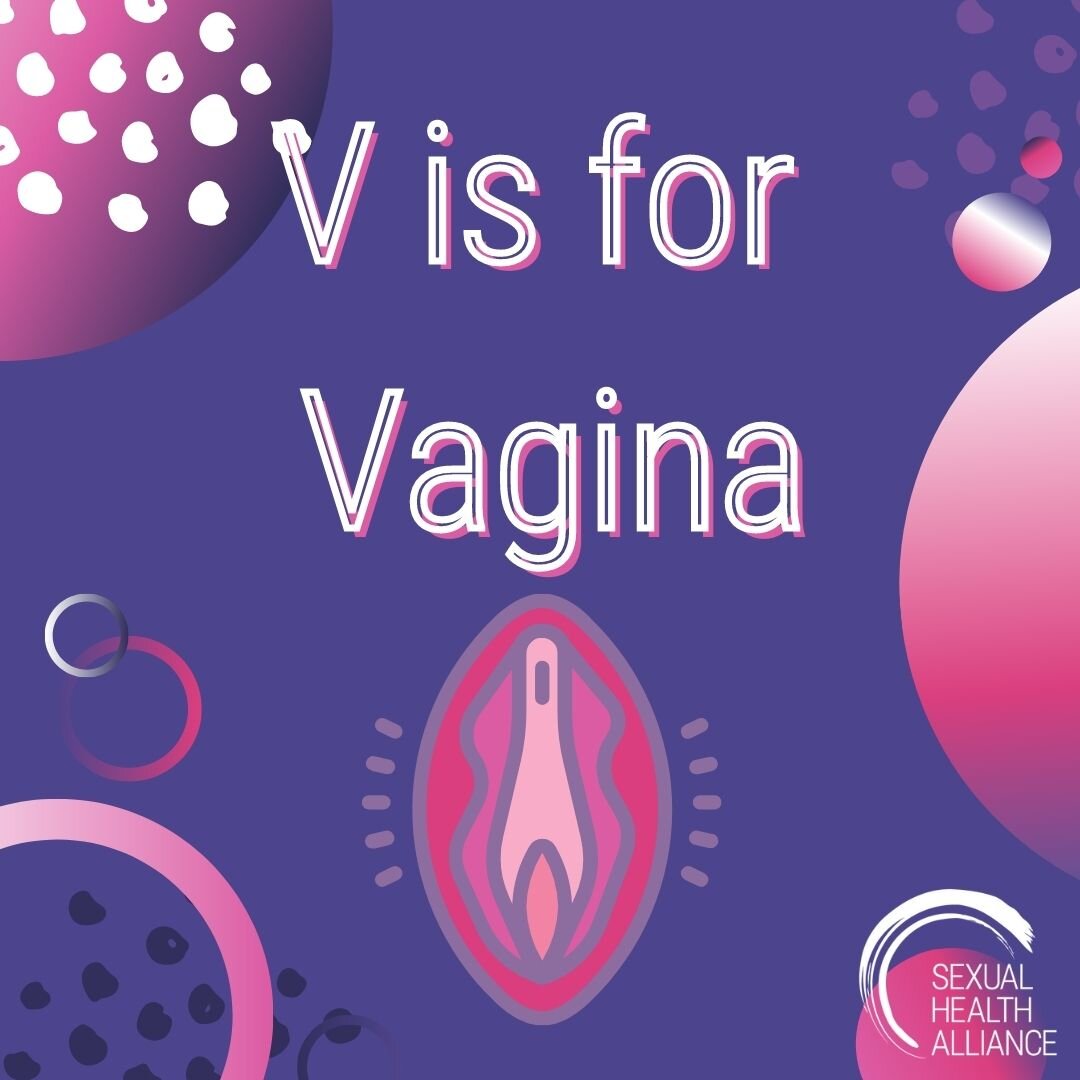In Iceland, of all places, there is a penis museum. Established in 1997, the Icelandic Phallological Museum boasts having 280 phallus specimens from 93 species of animals. The museum is truly the A-Z on all things penis-related. Florence Schechter wasn’t impressed. She was even more frustrated when she learned there was no vagina* equivalent. Taking matters into her own hands, 20 years later, Schechter founded the Vagina Museum with a view of becoming the world’s first bricks and mortar museum dedicated to gynecological anatomy. From 2017 to 2018, the museum was in pop-up form, traveling around England, but Schechter’s dream came true: In 2019 they opened their first location in Camden Market.
The Vagina Museum’s mission is concise but thorough: They strive to spread knowledge, raise awareness, and erase the stigma of gynecological anatomy while maintaining a community space of learning and growing. Their current exhibit is “Periods: A Brief History” which showcases facts and stories throughout history that highlight ongoing issues and perceptions that surround periods. Their previous exhibit, “Muff Busters: Vagina Myths and How to Fight Them,” addresses the myths that circulate in popular culture.
I discovered the Vagina Museum like many other things these days: through Instagram. Discovery is now reliant on scrolling and while I know I’d probably have learned about this incredible establishment at some point, I owe their recognition to Instagram. Instagram is, perhaps, unfortunately, how I’ve found many of my favorite women-led shops and organizations. As we know, however, Instagram’s algorithm is not always in favor of these small businesses, especially those working on sexual education. I do owe Instagram for placing the Vagina Museum Instagram in my feed, but, at the same time, Instagram wages a tireless crusade to censor women and their bodies. Instagram helps these pages reach thousands and, simultaneously, works to bury other pages.
Last week, the Vagina Museum shared a post that showed #vagina was now hidden due to not meeting the “community guidelines.” Instagram’s go-to excuse for hiding a hashtag or taking down someone’s post is to claim it “goes against our community guidelines of nudity or sexual activity.” To say that’s vague would be an understatement. What actually counts as "sexual activity"? Well, I did a deep dive into Instagram’s Community Guidelines. This is the fine print:
We know that there are times when people might want to share nude images that are artistic or creative in nature, but for a variety of reasons, we don’t allow nudity on Instagram. This includes photos, videos, and some digitally-created content that show sexual intercourse, genitals, and close-ups of fully-nude buttocks. It also includes some photos of female nipples, but photos in the context of breastfeeding, birth giving and after-birth moments, health-related situations (for example, post-mastectomy, breast cancer awareness or gender confirmation surgery) or an act of protest are allowed. Nudity in photos of paintings and sculptures is OK, too.
They say that they don’t allow nude images for a “variety of reasons,” yet the only reason I could find (on a separate page no less) is “because some people in our community may be sensitive to this type of content.” They have the audacity to claim their “nudity policies have become more nuanced over time” and only if the intent is “a form of protest, to raise awareness about a cause, or for educational or medical reasons” will they “make allowances” for the content. Keep in mind, even this “allowance” only came into effect just last year. We can be assured to know they allow breastfeeding and post-mastectomy photos, yet still, these photos undoubtedly end up flagged as a violation of the community guidelines.
The sudden and unwarranted censorship of #vagina enraged many. The original post, made by The Eve Appeal, sparked the necessary outcry. Their caption proudly states “Vagina is not a rude word, and vaginas aren’t rude either. They are just part of the body, like an arm, an elbow, a nose.” They were quick to also point out that #penis was still visible in the app. Luckily, within the weekend, the matter was addressed in another post. A Facebook Company Spokesperson said, “We temporarily blocked this hashtag by mistake and it has now been restored."
Whether by mistake or not, those like Eve Appeal and the Vagina Museum rely on this platform to grow their own audiences, to reach people, and all too often the censors push their content further down. So remember to turn on post and/or story notifications for your favorite places to make sure they stay in your feed and on your radar!
*In their FAQs, the Vagina Museum addresses using the word “vagina” instead of “vulva.” Because the Vagina Museum provides information on all things gynecological, neither word is perfectly accurate. “Vulva” refers to the outside anatomy, ignoring the cervix and uterus, but “vagina” excludes the labias and clitoris. They chose “vagina” as the more recognizable word, which is important to make the museum accessible.
By Shelby Lueders




